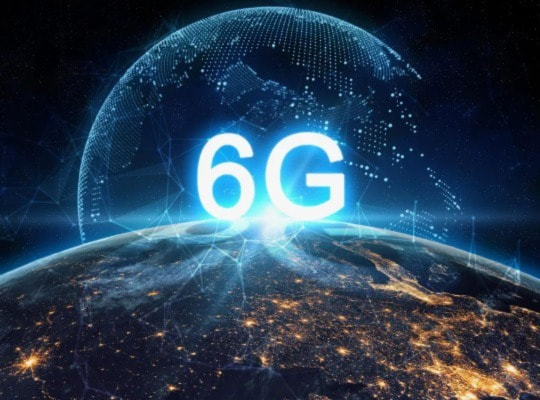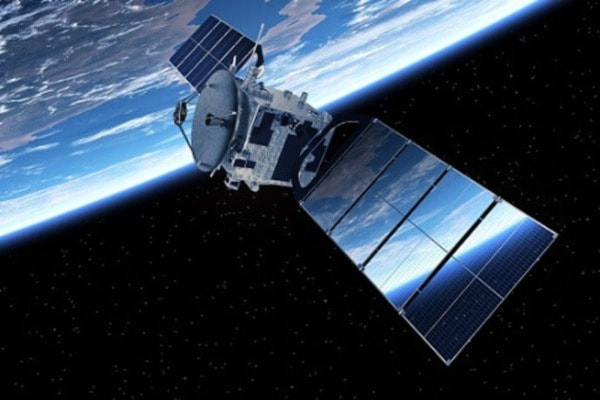|
Here are some potential trends and features that could define the future of 6G:
It's important to note that 6G is still in the research and development phase, and it will likely take several years before it becomes commercially available. However, given the rapid pace of technological advancement and the increasing demand for high-speed, reliable wireless connectivity, 6G is expected to play a significant role in shaping the future of communications and technology.
0 Comments
5G-NTN integration will enable devices to connect to 5G networks via satellite or other non-terrestrial networks, providing users with high-speed, low-latency connectivity regardless of their location. This will allow for a range of new use cases, such as real-time remote monitoring, telemedicine, and autonomous vehicles, that were previously not possible due to the limitations of terrestrial networks.
To achieve this integration, 5G networks must be designed to work with satellite and other non-terrestrial networks, which require different network architectures and technologies. For example, satellite networks have different latency and bandwidth characteristics compared to terrestrial networks, which must be taken into account when designing 5G-NTN integration solutions. 5G-NTN integration also requires coordination between multiple stakeholders, including satellite operators, terrestrial network operators, and device manufacturers. Standards organizations such as 3GPP are working to define common interfaces and protocols to enable interoperability between different networks and devices. Overall, 5G-NTN integration has the potential to provide significant benefits to users and industries that rely on remote or mobile connectivity. However, it also poses technical and regulatory challenges that must be addressed to ensure its successful implementation. Unlike traditional satellite internet, which uses a few large geostationary satellites orbiting at a much higher altitude of around 36,000 kilometers, LEO satellites are much closer to the Earth and can provide faster and more reliable internet service with lower latency.
The LEO satellite internet network consists of a large number of small satellites that work together to provide internet connectivity to users on the ground. As the satellites orbit the Earth, they communicate with each other and with ground stations to ensure that data is transmitted quickly and efficiently. One of the advantages of LEO satellite internet is that it can provide internet connectivity to remote or rural areas where traditional terrestrial internet infrastructure is not available or is too expensive to deploy. Another advantage is that it can provide a backup or alternative to terrestrial internet in areas where internet service may be disrupted by natural disasters or other emergencies. LEO satellite internet is a rapidly evolving technology, with several companies such as SpaceX, OneWeb, and Amazon investing heavily in the development of LEO satellite constellations. These companies are promising to provide high-speed internet connectivity to users around the world, with speeds that can rival or exceed those of traditional terrestrial internet service.
In contrast, a quantum internet would use quantum bits or qubits to transmit information. Qubits are units of information that can exist in multiple states at the same time, thanks to the principles of quantum mechanics. One of the most exciting features of the quantum internet is its ability to ensure that information remains secure. In a classical internet, information can be intercepted and read by someone who has access to the communication channel. But in a quantum internet, any attempt to intercept or measure qubits would disturb their delicate quantum states, making it impossible for an eavesdropper to intercept the information without being detected. Another potential benefit of the quantum internet is that it could enable faster communication between computers, thanks to the phenomenon of quantum entanglement. Entanglement is a quantum mechanical property that allows two particles to become correlated in such a way that they share a common state, even when they are separated by large distances. This could allow for near-instantaneous communication between two computers, regardless of how far apart they are. While the quantum internet is still in the early stages of development, researchers are making significant strides in building the infrastructure needed to support it. In the future, the quantum internet could revolutionize the way we communicate, offering unprecedented security and speed for a wide range of applications, from financial transactions to scientific research. |
AuthorTim Hardwick is a Strategy & Transformation Consultant specialising in Technology Strategy & Enterprise Architecture ArchivesCategories
All
|
Site powered by Weebly. Managed by iPage





